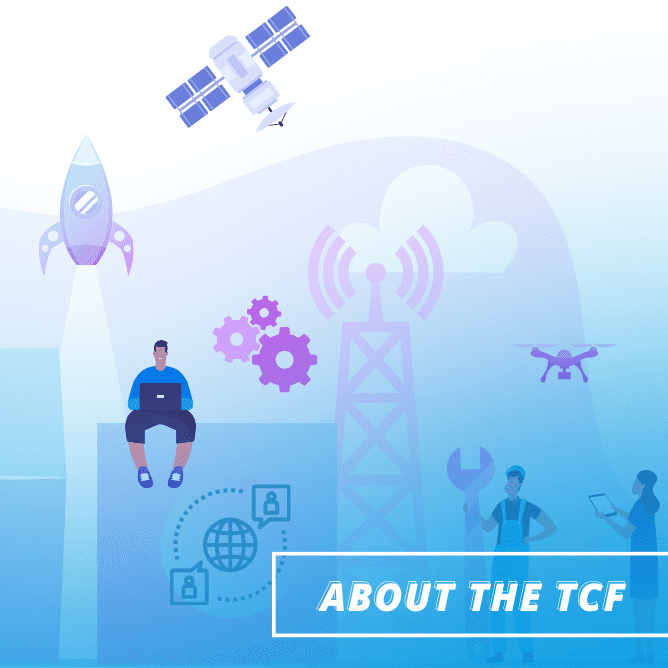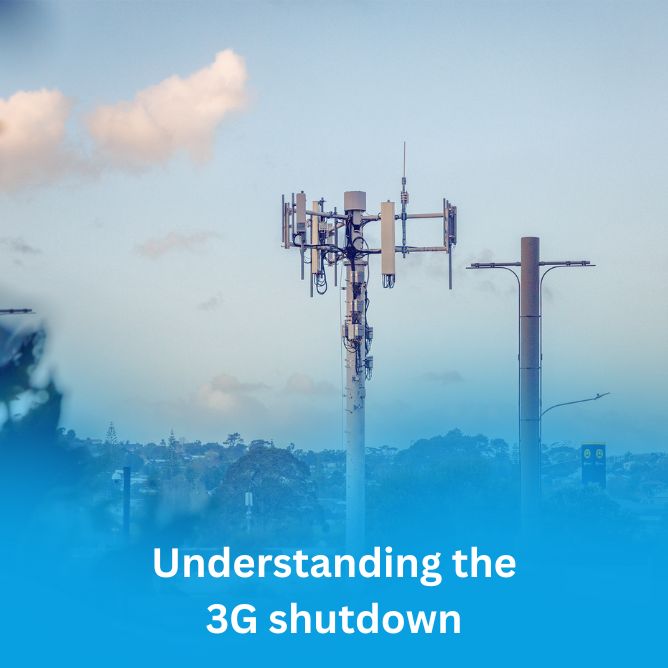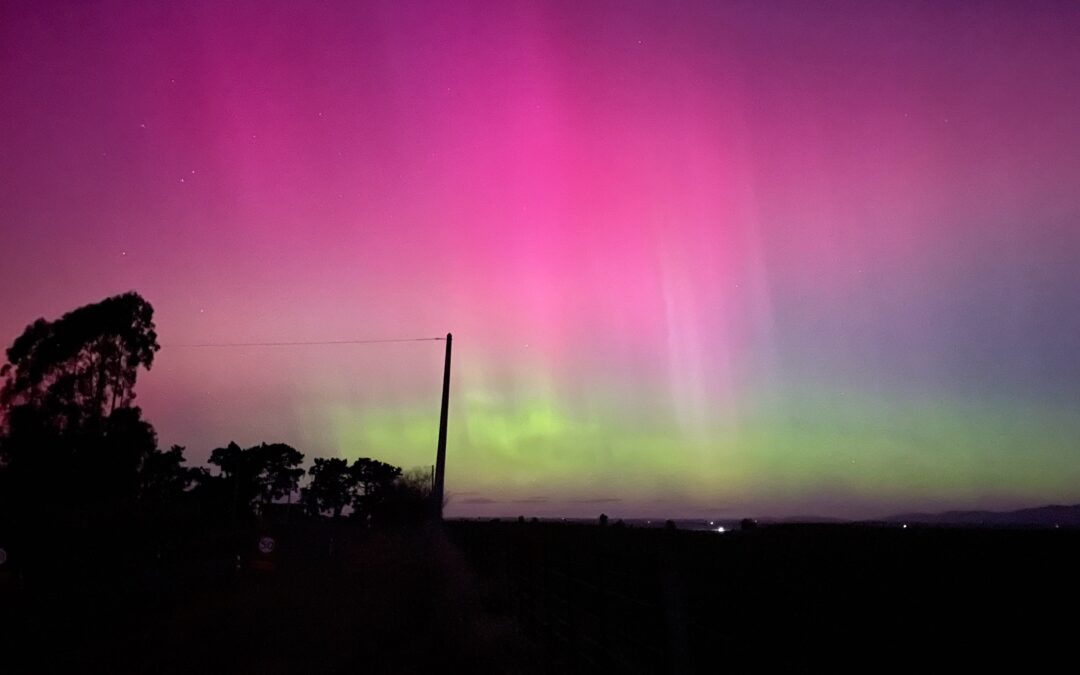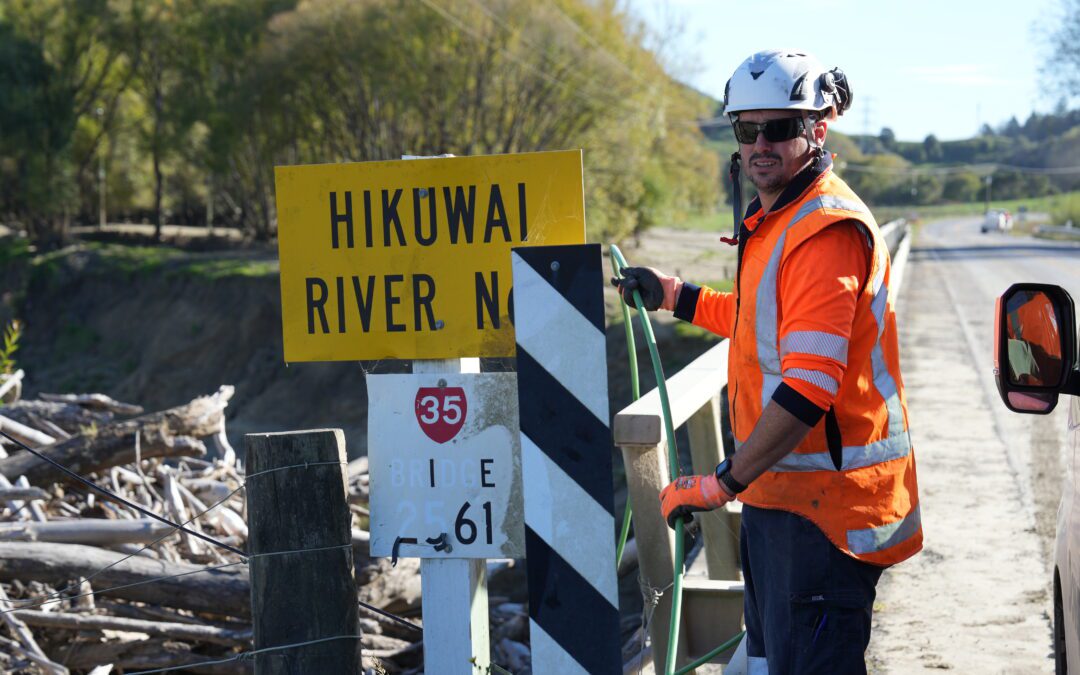Our easy to read PDF factsheet is quick to download and covers all these tips – and more! Download now to understand the changes to the copper network and find out if you are affected.
Here are five things to know about the changes to copper services that will help you understand what’s happening and answer some frequently asked questions.
1 – There are two major changes affecting the copper network over the next few years.
- Chorus’s copper withdrawal plan. Chorus will be turning off the copper network in areas where fibre is available and where uptake rates are high.
- Spark’s PSTN switch-off. What’s that you ask? The Public Switched Telephone Network (PSTN) is that voice calling part of the service which used to take up all the room on the copper lines. Today, we’ve got far more efficient voice services available, and so like many telcos around the world, Spark is switching off the PSTN.
Chorus or your service provider will contact you about these changes, and if you don’t get the email or letter, you’re not affected. You won’t be suddenly switched off overnight without warning or anything like that. Both Chorus and your service provider will give you lots of notice to make the switch and provide details outlining your alternatives.
You can check Chorus’ map to see if you are affected by copper withdrawal or Spark’s website to see if you are affected by the PSTN switch-off.
2 – These changes are not happening overnight
This is not a quick transition. The changes will be rolled out over several years as more alternative technologies become available and as customers move to newer services.
3 – You can keep your existing phone number, landline and broadband
You don’t need to give up your current phone number, landline or access to broadband. The way these are connected will just be upgraded to a more modern technology. In some cases, you may be able to choose from several options, including fibre, fixed wireless, HFC cable or satellite.
4 – If no alternative technology is available, you will not be asked to move from copper.
If you do not have access to another alternative to copper, then you will not be asked to move from your existing copper service.
By the end of this year, 87% of New Zealanders will be able to connect to fibre at home. If you want to check what services you might have available to you, check out the broadband map. If you’re on a copper connection today, take some time to explore your alternatives, and if there are alternatives available to you, you don’t have to wait. You can change to a newer, faster technology as soon as it’s available.
5 – Download our PDF Factsheet.
This fact sheet is a quick and easy guide to all the changes that are happening to our network connections. If you, or someone you know, has been told their connection is changing, download the sheet for an easy-to-understand guide to the exciting new world of telecommunications.
The factsheet is a joint initiative between the TCF, Commerce Commission and the Telecommunications Dispute Resolution scheme.





















